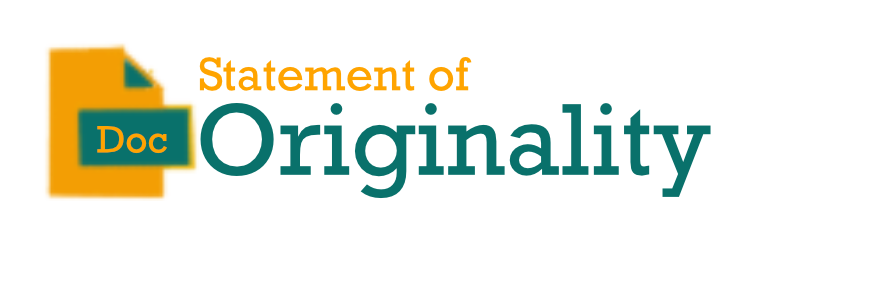Hubungan Pemahaman Lansia Terhadap Resiko Jatuh
Abstract
The Falls in the elderly are a major cause of illness and death worldwide. Falls are associated with risk factors. Worldwide, the proportion of people aged 60 years was 14% in 2013 and is expected to increase to 19% in 2050. This quantitative descriptive study aims to understand the risk factors associated with falls in the elderly at Integrated Healthcare Center (Posyandu) Kasih Ibu located on Jl. Singgalang Satu, RT 1, RW 07, East Tangkerang Village, Pekanbaru, Riau Province. This research used a cross-sectional survey method involving 100 elderly people at Integrated Healthcare Center (posyandu), a sample of 45 people with 15 men and 30 women, selected through total sampling. Data were collected using a questionnaire adopted from the Outcome Measure Toolkit for Geriatric Fall/Balance Assessment, administered before and after the fall risk and prevention webinar. The results showed that the average age of participants was 60.71 years with a standard deviation of 9.99. The majority were women, reflecting the higher prevalence of falls among women due to physiological differences. Health parameters such as maximum systolic 192 mmHg, and maximum diastolic blood pressure 130 mmHg and maximum blood glucose 371 mg/dL levels were analyzed showing a significant data influence on the risk of falls. The pre-webinar questionnaire indicated a general lack of knowledge about fall risks and prevention. Post-webinar analysis which was carried out twice and then processed using the Wilcoxon test showed a significant increase in understanding the risk of falls, with the average score increasing from 2.27 ± 0.97 to 4.27 ± 0.96 (P = 0.000). This shows that educational webinars can effectively increase older people's knowledge about the risk of falls and prevention strategies. These findings are in line with previous research highlighting the importance of continuing health education in reducing the incidence of falls and improving the quality of life of older adults.
Copyright (c) 2024 Sitimuawanah, Ismaningsih, Nova Relida Samosir, May Valzon

This work is licensed under a Creative Commons Attribution 4.0 International License.










